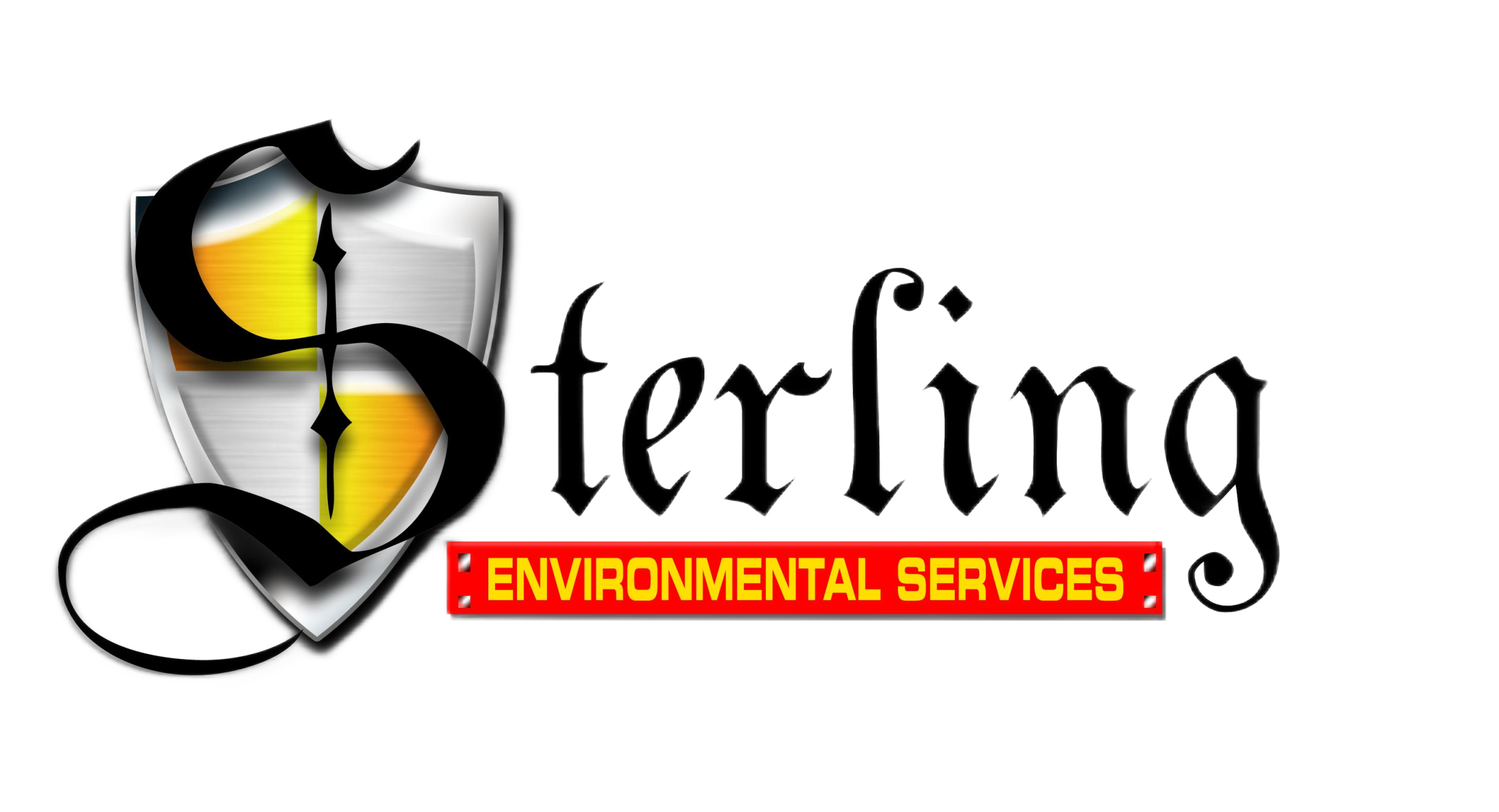
Sterling Environmental offers a full line of tank and environmental services to meet all of your industrial, commercial, and residential needs. With our unparalleled experience and know how, Sterling can offer you options that others simply can not.
| |
See How We Can Help With Your...
Underground Oil Tank Removal
Why Remove Your Underground Oil Tank
- It is near impossible to sell a home in New Jersey with an underground oil tank. Insurance & mortgage companies will require the underground oil tank to be removed prior to closing on the property.
- Oil tanks are typically constructed of bare steel, and bare steel will eventually corrode. If your oil tank corrodes, the oil will leak into your soil and possibly into the groundwater. Removing your tank earlier can minimize the chance of corrosion and save you thousands on a potential environmental cleanup.
- Many areas in New Jersey now have the option of converting to natural gas. If you plan on converting or have already converted to natural gas, your out of use oil tank should be removed to save you from troubles down the road.
The Removal Process
- Sterling will first file for all required permits. Most townships issue permits in about 1-2 weeks.
- Sterling will request a utility line mark-out, to ensure no underground utility lines (gas, water, electric, etc.) interfere with the tank removal job.
- Once the permits are issued, Sterling will schedule a date to remove the tank with you and the township inspector.
- On the scheduled date, Sterling will start by excavating to the top of the tank. The tank will be cut open, and the residual oil will be pumped out of the tank. Sterling will remove the sludge from the bottom of the tank and clean the tank. Sterling will remove the vent and fill pipes and copper supply lines. Sterling will then remove the empty and cleaned tank from the ground.
- Once the tank is out of the ground, the township inspector will inspect the tank and surrounding area. Sterling will then backfill the excavation with clean fill material, and load the tank onto our truck for disposal.
- Sterling will then generate a report and permit closure documentation that are sent to you and the township. The township will then issue a Certificate of Approval, closing out the permit.
Aboveground Oil Tank Removal
Why Remove Your Aboveground Oil Tank
- In the same way that underground oil tanks will eventually corrode, so will aboveground oil tanks. Removing the tank earlier can minimize the chance of corrosion and save you from a potential environmental cleanup.
- Removing the out of use aboveground tank will free up space. Why keep something that you're not using?
The Removal Process
- Sterling will first file for all required permits. Most townships issue permits in about 1-2 weeks.
- Once the permits are issued, Sterling will schedule a date to remove the tank with you and the township inspector.
- On the scheduled date, Sterling will start by pumping out the residual oil from the tank. Sterling will then cut the tank open, remove the sludge from the bottom of the tank, and clean the tank. Sterling will remove the vent and fill pipes and copper supply lines.
- Once the township inspection is complete, Sterling will take away the tank, piping, oil, and sludge for disposal.
- Sterling will then generate a report and permit closure documentation that are sent to you and the township. The township will then issue a Certificate of Approval, closing out the permit.
More info coming soon
Oil Tank Sweep / Scan
Why Have An Oil Tank Sweep / Scan Done
The Oil Tank Sweep / Scan Process
- Sterling will start by scheduling a date/time for the oil tank sweep. The sweep takes about 30 minutes. We will try to schedule it the same time as the general home inspection to save you or your realtor an extra trip to the home.
- Our technician will start by inspecting the basement / boiler room for visual evidence of an oil tank - copper supply lines, wall penetrations, floor trenches, etc.
- They will then go outside and sweep the perimeter of the home utilizing a ferro-magnetic detector to locate evidence of a UST. They will also visually investigate outside, looking for a fill pipe or vent pipe.
- Sterling will then generate a report detailing the work done and any evidence of a tank.
- If a tank is found, we will provide a quote to remove the tank.
Exploratory Dig
Why Have An Exploratory Dig Done
- Sometimes oil tank sweeps provide inconclusive results. If a buried metal object is found, but there is not enough other evidence pointing to it being an oil tank, an exploratory dig would be recommended. The exploratory dig identifies the buried metal object.
- Instead of moving right for a tank removal off of an inconclusive tank sweep report, you should first make sure that there actually is an oil tank. The exploratory dig could reveal there is no oil tank, and save you time and money.
- Often times, other objects can provide tank-like readings on the detector. We have uncovered concrete with re-bar in it, refrigerators, scrap metal, etc.
The Exploratory Dig Process
- Sterling will utilize a ferro-magnetic detector to confirm the buried metal object's location.
- Sterling will dig a small hole, about 2 feet by 2 feet, in this area with hand tools. No heavy machinery will be used so damage to your property will be kept to a minimum.
- Sterling will dig down until the metal object is uncovered.
- Sterling will photo-document the dig.
- Sterling will backfill the excavation with the existing material.
- Sterling will then generate a report detailing the work done and identify the buried metal object.
- If a tank is found, we will provide a quote to remove the tank.
Aboveground Oil Tank Installation
Why Install An Aboveground Oil Tank
- If your existing aboveground oil tank is old and is showing signs of rusting, it is best to replace it with a new tank before it starts to leak.
- If you are removing your underground tank, you can stay with oil heating by installing an aboveground tank.
- If you are building a new home, an aboveground oil tank is a great way to heat your home.
The Aboveground Oil Tank Installation Process
- Sterling will first decide with the client where the new tank will be installed, and what size tank.
- Sterling will file for all required permits. Most townships issue permits in about 1-2 weeks.
- Once the permits are issued, Sterling will schedule a date with you to install the tank.
- Sterling will install the new aboveground oil tank in its agreed upon location.
- Sterling will install copper supply and return lines, and the vent pipe and fill pipe.
- Sterling will arrange for all required township inspections.
- Once the inspections are complete, Sterling will generate a report and permit closure documentation that are sent to you and the township. The township will then issue a Certificate of Approval, closing out the permit.
Sterling Can Handle The Installation Of Your New Tank AND The Removal Of Your Old Tank
We Are Certified Roth Oil Tank Installers

More info coming soon


